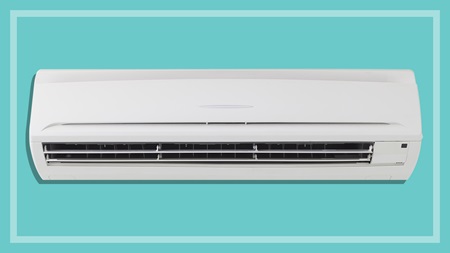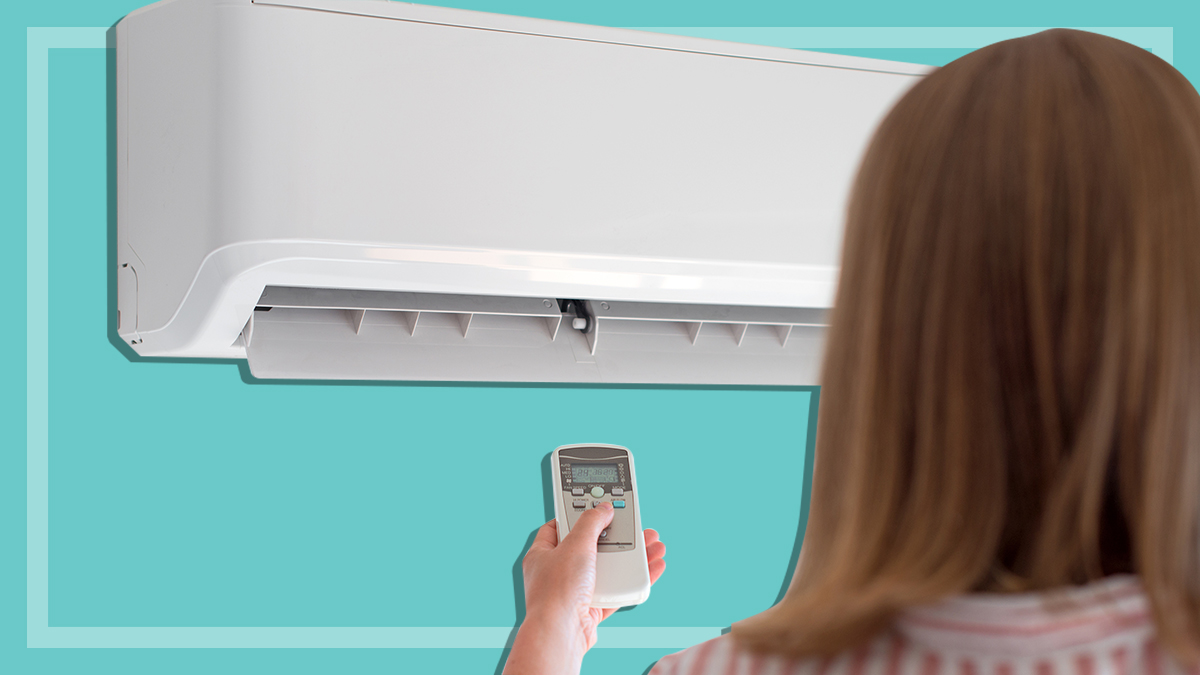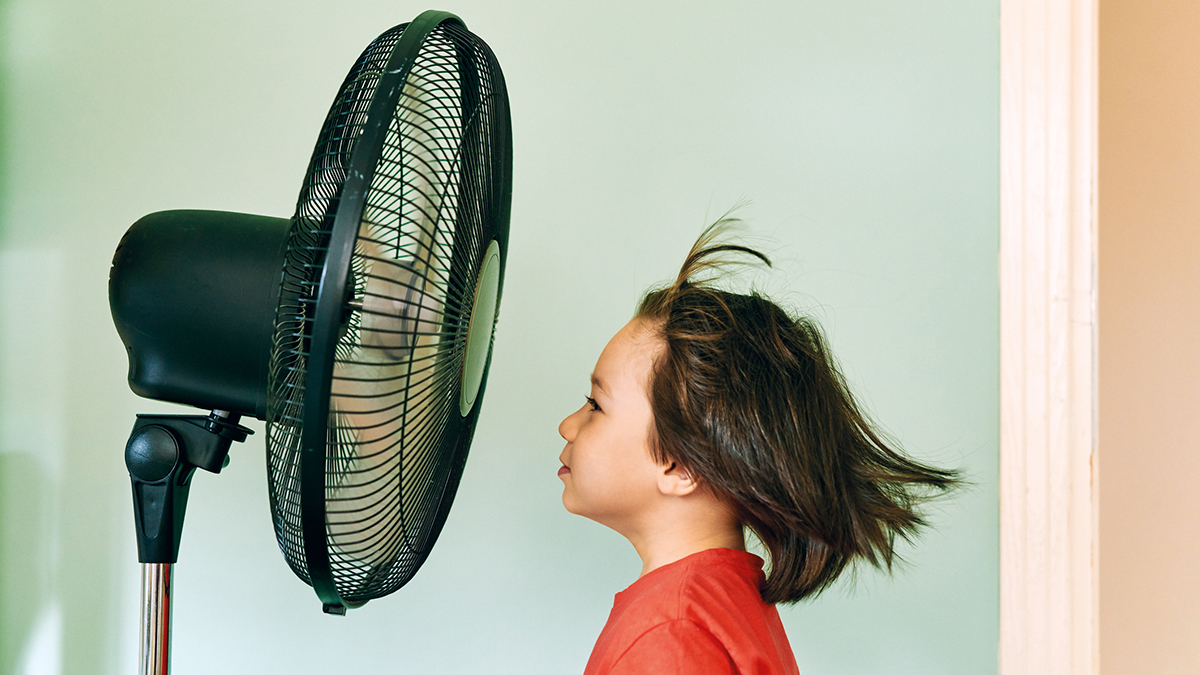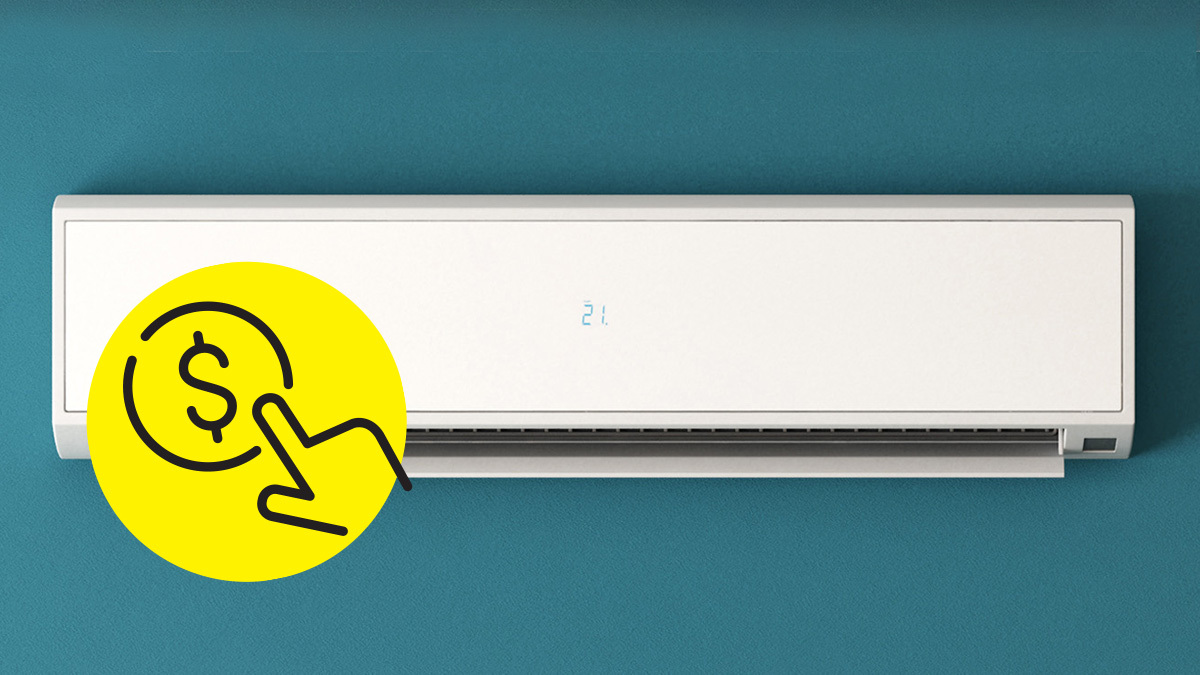Get our independent lab tests, expert reviews and honest advice.
Evaporative coolers vs air conditioners
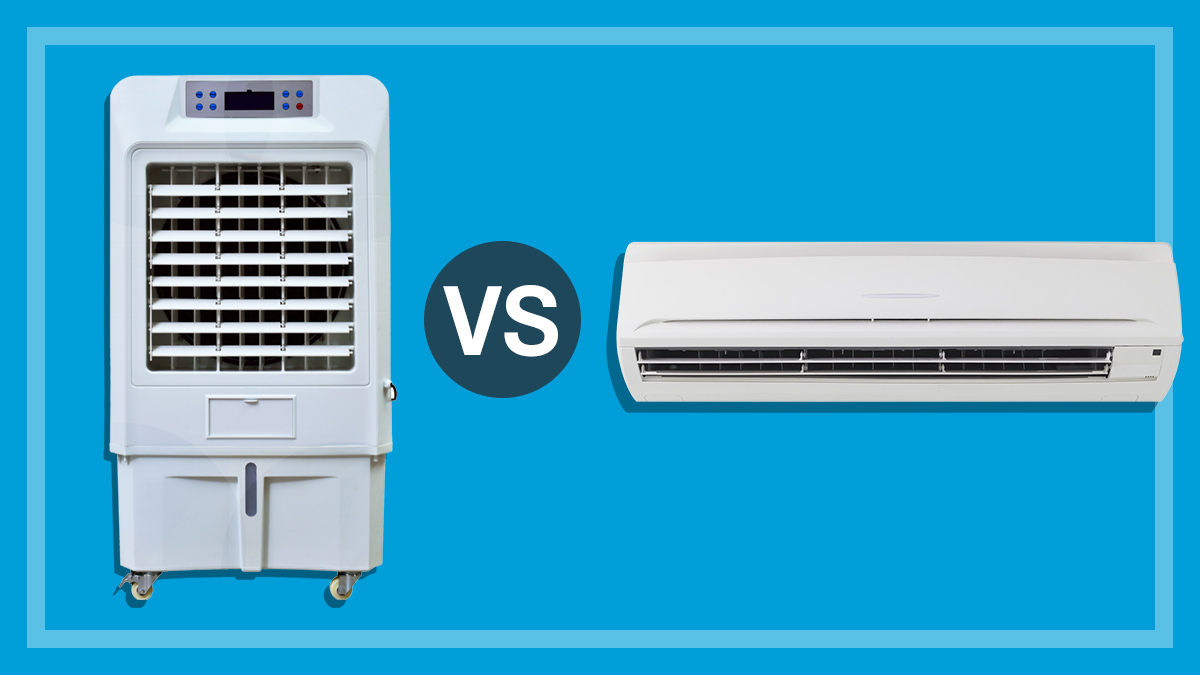
Air conditioners and evaporative coolers can both achieve whole-of-house cooling. But which is best for your home?
On this page:
- What is an evaporative cooler?
- Costs to install and run a ducted evaporative cooler
- How much energy does an evaporative cooler use?
- What is an air conditioner?
- Costs to install and run an air conditioner
- How much energy does an air conditioner use?
- Pros and cons of evaporative coolers vs air conditioners
We take a look at how the different systems work, how much they cost to install and run, how much energy they each use, as well as the pros and cons of each type of cooling.
What is an evaporative cooler?
Evaporative coolers lower the air temperature by turning water into cool vapour. This simple method has been around for a very long time: bronze-age frescoes show slaves fanning jars of water to keep rooms cool.
How an evaporative cooler works
In a ducted evaporative cooler, a fan draws warm, outside air through wet filter pads in a head unit that sits on the roof. The warm air evaporates the water, creating cooled and humidified air which is then circulated through the house through ducts and vents in the ceiling. Portable evaporative coolers are also available, but aren’t very effective.
Costs to install and run a ducted evaporative cooler
Installation may be included in the cost of a system or you might be able to negotiate it when you buy. Installers should be licensed through the Australian Refrigeration Council; you can do an online licence check.
The cost of installing evaporative coolers is high, because of the labour of installing ducting and vents to distribute cool air through the house. This can easily double the cost from the purchase price. So while a unit might cost $2500, you could end up paying $5000 including installation.
Actual running costs depend on the unit’s cooling capacity and the fan speed it’s set to operate on, but ultimately the cost is comparable to air conditioning.
How much energy does an evaporative cooler use?
Power use is generally low (200 to 400 watts) because only the fan and water pump use energy. But this can vary widely depending on features and capacity, and there are domestic units that draw up to 2kW or more.
But because of their low power use, evaporative coolers’ ability to convert electrical energy into cool air is also limited. Air conditioners are much more powerful at converting energy into coolness.
What else do I need to know about evaporative coolers?
- Evaporative coolers are most effective in hot, dry climates with low humidity, as the air has greater potential to absorb water vapour. They’re not recommended for humid or wet climates.
- They depend on a reliable water supply. If you’re thinking of buying one, ask about the water management system used and what the typical hourly water consumption is likely to be in your area. It’s not uncommon for a whole-house evaporative cooler system to use several hundred litres of water a day, with typical rates ranging from 41L to 70L per hour in Hobart, to 67L to116L per hour in Adelaide, according to a 2009 study. An evaporative cooler is only as effective as the amount of water it can evaporate, so they’re not suitable in areas of water scarcity.
- They need room ventilation. Condensation can form inside the house because of the higher indoor humidity, so always leave some windows open to let air escape.
What is an air conditioner?
Air conditioners take warm air from inside your house and transfer it to outside, cooling the air to a temperature set by a thermostat. Because this mechanism is similar to how fridges work, they’re also known as refrigerated coolers or heat pumps.
Different types of air conditioners
- Split-system air conditioners are the most popular type in Australia. They have a compressor unit installed outside, and one or more indoor air outlets. They’re usually used to cool one or more rooms, or an open-plan area, of up to 60m2. Prices start from about $600 for a smaller model to over $5000 for a large model.
- Portable air conditioners are single units that plug into a power point, and can cool a room of up to about 20m2. They use a duct to vent the heat out a door or window. These are good for rooms when a built-in option isn’t feasible (such as if you’re renting), but aren’t as efficient as a split system. Price range: $300–$1300.
- Wall/window air conditioners are usually installed in a window or external wall, and can cool rooms and open-plan areas of up to 50m2. Smaller units can plug into a normal power point but larger ones may need additional wiring. While not as efficient or effective as split-systems, they’re a reasonable budget option if a split-system isn’t an option. Price range: $400–$1100.
- Reverse-cycle air conditioners can heat as well as cool your home throughout the year without the need for a separate heating system. Most air conditioners on the market are reverse cycle and it’s worth buying this type, as they’re efficient and typically don’t cost more than a unit that simply cools. Find out more in our guide to home heating.
- Ducted air conditioning systems have a central unit, usually in the roof, connected by ducts to air outlets and sensors in each room, and the compressors located outside. They’re a good option for whole-home cooling, but can be expensive. As a general rule, ducts deteriorate over time. After 10–15 years you’ll end up losing cool air (and potentially warm air if the unit provides both heating and cooling) to the roof cavity before it can arrive in your home. We recommend servicing each year to avoid this situation and keep your ducted air con up to spec.
Choosing the right size air conditioner
To calculate the best size air conditioner for your needs, take account of all the room’s details:
- size
- orientation – rooms facing north, east or west receive more sun
- external shading like trees, pergolas or awnings
- insulation in roof, walls and floor
- internal shading like blinds and curtains
- the local climate.
Use our rough guide to help you work out what size air conditioner is best for your needs and choose a model with equal or slightly greater capacity for the room.
A larger unit will cost a bit more to buy, so consider that in your decision; however, a too-small unit will be less effective and use more power, being unable to remove heat fast enough.
Costs to install and run an air conditioner
Unless your system is portable, air conditioners must be installed by a licensed professional installer who is qualified to handle refrigerant. Shop around for an installer and get a few quotes before making your decision.
The amount you pay for air conditioner installation will depend on factors like where you live, the type of system you’re having installed and the ease of the job. Most installers charge install rates of between $600 and $750. All pricing information, including how long the job is expected to take, should be provided in a quote.
How much an air conditioner costs to run depends on the size of your system, and can vary by a few hundred dollars a year depending on the model. But as a ballpark figure, running a medium-sized air conditioner will cost $300–$600 a year.
You can save on running costs in several ways:
- Set the thermostat of your air conditioner to no more than 8°C cooler than the outside temperature. Sticking to this 8°C differential will save on wear and tear on the air conditioner’s motor as well as on your energy bill. Each degree cooler can add about 10% to the running cost.
- Set your air conditioner thermostat to Economy or Eco mode to reduce power consumption. (Different models implement this in different ways. It may adjust the thermostat a degree or two to reduce output, or it may use sensors to detect if no one is in the room and then reduce the cooling.)
- Only cool the rooms you’re actually using and close doors between cooled and uncooled areas.
To maximise efficiency, place the outdoor unit in as cool a place as possible. Ideally, this means a southern wall, or a well-ventilated, shaded area. An outdoor unit in full sun will struggle to expel heat and will run less efficiently than one that’s protected from direct sunlight.
How much energy does an air conditioner use?
Energy efficiency of different air conditioner models is available on each system’s energy rating labels. These help to compare the relative efficiency of different units at full load, but you still need to choose a unit based on your particular details like room size, local climate and position of outdoor unit.
New air conditioners on the market since April 2020 include a Zoned Energy Rating Label, which provides a seasonal efficiency rating for three climate zones (hot, average and cold) across Australia and New Zealand. This gives you more targeted energy-saving information when choosing an appliance for your particular climate.
Star rating tends to decrease as size goes up. Small to medium 6- or 7-star units are now available. As a goal, aim as high as you can afford.
If possible, improve your home’s insulation, seal draught gaps and shade windows to improve cooling efficiency.
Pros and cons of evaporative coolers vs air conditioners
Price range
Air con: As low as $600 for a smaller model and up to $5000 for a larger split-system
Evaporative: $2000 to $3000 (not installed)
Estimated installation costs
Air con: Most installers charge install rates between $600 and $750. Final cost depends on unit size, complexity of install and whether it’s a single room or multi-room system
Evaporative: High, mainly because of labour costs of installing ducting. Estimate $2000 for two installers working all day to set up a whole-of-house system
Estimated running costs
Air con: $400 to $500 a year for a medium-sized unit
Evaporative: $200 to $300 a year
Power use
Air con: High. Can put out 5 to 15kw of cool air. A medium-size system might use up to 1kw of power at the most, and only around 500W when cycling on and off. In general terms, an air con will produce 4 to 5 units of cool air for every 1 unit of electrical energy input
Evaporative: Low. Has less power to convert electrical energy into cool air
Climate type
Air con: Any
Evaporative: Won’t perform in humid or wet climates
Other benefits
Air con: Can heat as well as cool. Lower purchase and installation costs. No need for ducting. Option for whole of house or single room. Better temperature control. Running costs can be offset by solar panels.
Evaporative: Low power use as only the fan and pump require energy. Running costs can be offset by solar panels
Other drawbacks
Air con: None
Evaporative: Can use a lot of water. Less power to convert electrical energy into cool air. Ducting will deteriorate and reduce the efficacy of the system over time.

